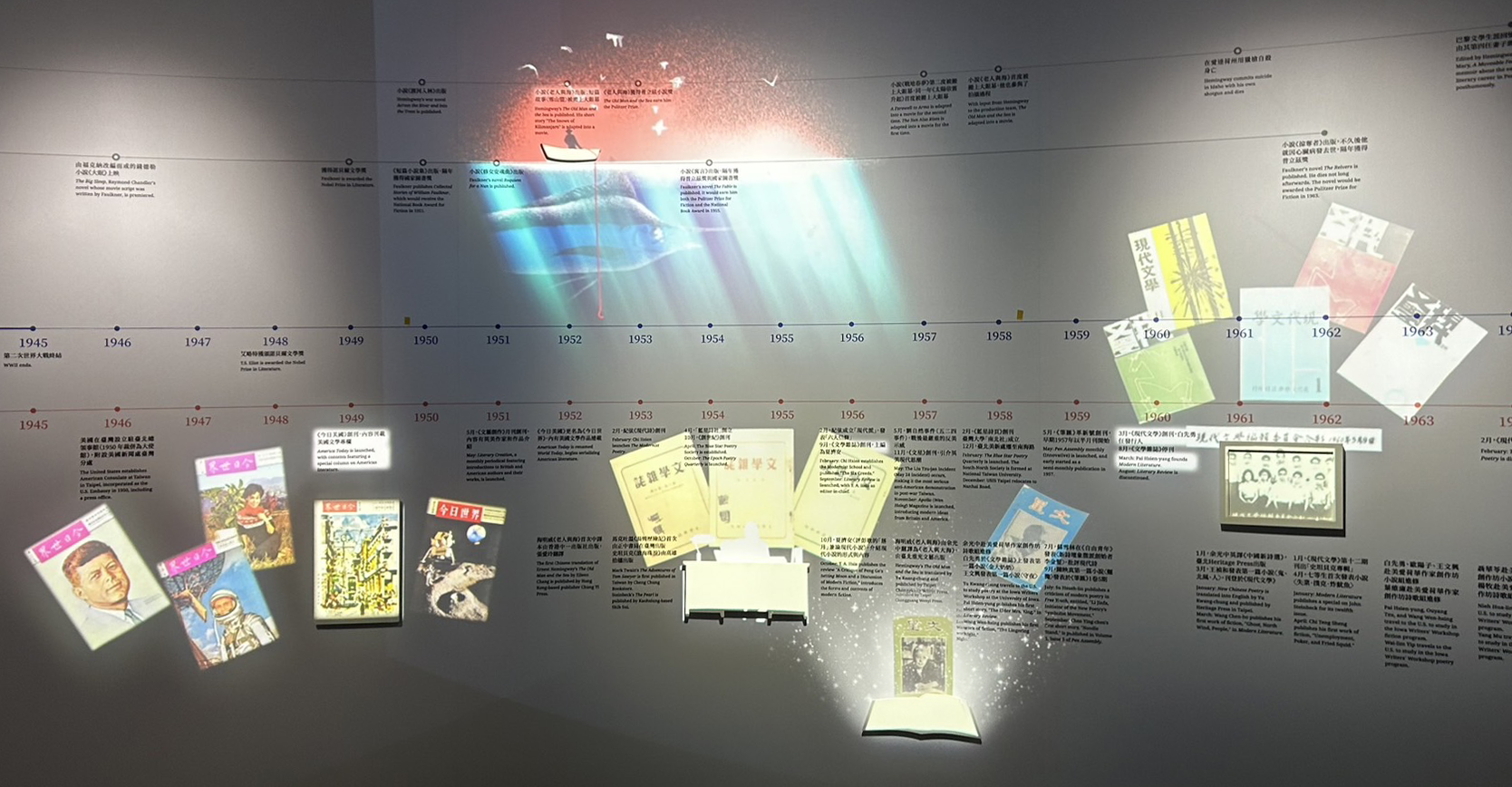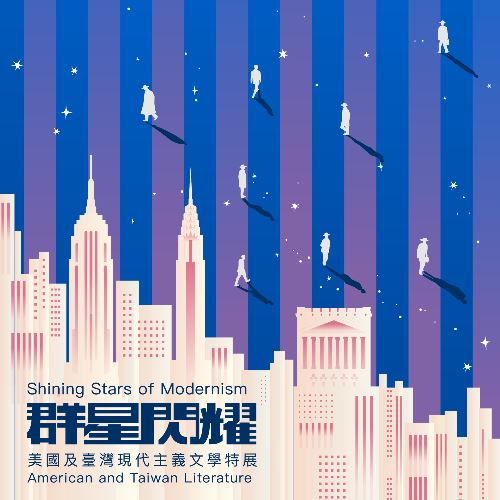
What is modernism? Simply put, modernism is a grand movement of thought originating from the West. Breaking away from the traditional in spirit, modernism strove towards the avant-garde, experimental, and the rebellious. Though modernism as a global movement has entered and peaked in many different countries throughout history, it has always been closely tied to urban environments. On one hand, this bond between modernism and 20th century urban civilization created literary space for modernism to flourish. On the other, it drove modernist writers to delve into the inner worlds of their protagonists.
Three years after World War I, American poet T.S. Eliot published the long poem The Waste Land to criticize the decline of urban material civilization and comment on how the war had traumatized Western spiritual civilization, destroying traditional belief systems in its wake:
Unreal City,/ Under the brown fog of a winter dawn,/ A crowd flowed over London Bridge, so many,/
I had not thought death had undone so many.
These deaths, however, were not of the body, but of the faith, mind, and spirit.
Another characteristic of modernism is the interactive relationships between different fields which resulted in richer literature. One such example was American writer John Dos Passos. Influenced by film and photography technology, Dos Passos began experimenting with a narrative style known as the "camera eye." Ernest Hemingway also admitted that his literary works were deeply influenced by the Expressionism and Cubism of Picasso and inspired by the Impressionism of Paul Cézanne.









